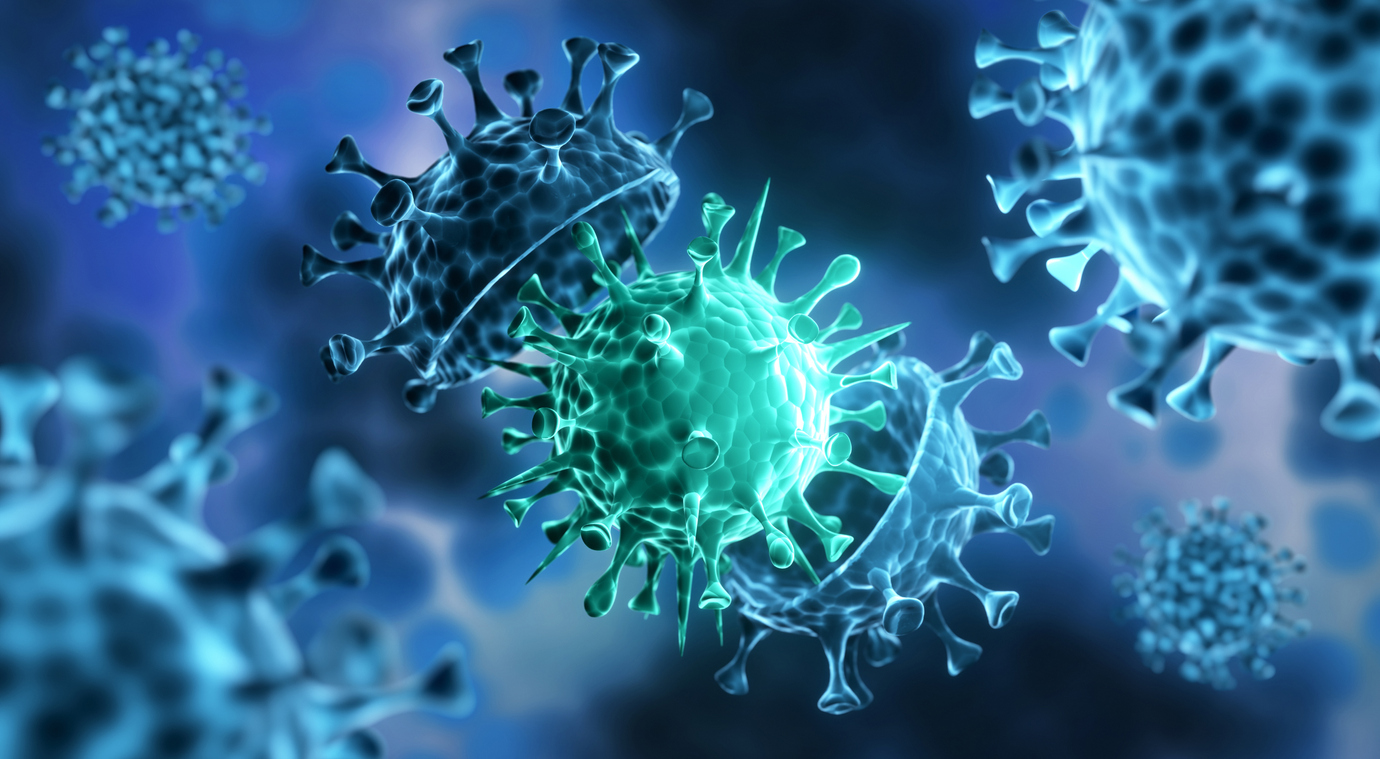As we have seen in the news lately, the SARS-CoV-2 virus is spinning out new variants as it replicates in infected individuals. Some of these new variants have been found to be more infectious (and possibly more pathogenic) than the initial virus that first entered the human population. The good news is that the FDA quickly jumped on this viral evolutionary concern and has just published a Guidance for Industry (here) called “Development of Monoclonal Antibody Products Targeting SARS-CoV-2, Including Addressing the Impact of Emerging Variants, During the COVID-19 Public Health Emergency” that contains recommendations for incorporating the existing new variants (as well as potential new variants) into the development of new monoclonal antibody (Mab) drugs to treat or prevent the COVID-19 disease under an Emergency Use Authorization (EUA). Through this guidance, the FDA wishes to help sponsors develop the data necessary to support EUAs for Mabs that show promise in limiting the spread and clinical impacts of new SARS-CoV-2 variants.
Central to this guidance is the FDA’s promise to streamline the support for and the review of Investigational New Drug submissions for Mab products that include data regarding the effectiveness of such products to block the infectivity of SARS-CoV-2 variants.
There are many useful recommendations regarding Chemistry, Manufacturing, and Controls (CMC), pharm/tox, virological, and clinical development in the guidance. Those that I found particularly valuable include:
- Mab products should be developed for use with a combination that bind to a variety of viral epitopes so that they will more likely be effective against emerging variants of SARS-CoV-2.
- Sponsors are encouraged to use existing manufacturing platforms when possible and take advantage of previously proven modular viral clearance validation data and purification process validations.
- Except for sterilization process validation, full process validation may not be necessary to support an EUA.
- Nonclinical safety assessment should include evaluation of cross-reactivity to human tissues, followed by repeat-dose toxicology studies using an appropriate animal species if cross-reactivity to human tissues is seen.
- Evaluate the impact of potential amino acid sequence changes in the viral target protein on the Mab’s binding or activity.
- Evaluate the potential for treatment-emergent resistance by serially passaging SARS-CoV-2 (or pseudovirus) in cell culture in the presence of the Mab product.
- Clinical studies should include patients from populations disproportionately impacted by the pandemic (e.g., racial and ethnic minorities).
Although this guidance is relatively short (only nine pages in total), it provides important insights into the FDA’s expectations regarding the development of monoclonal antibody products to treat or prevent COVID-19 disease in light of the ability of the SARS-CoV-2 virus to mutate within the timeframe of the pandemic. It is without a doubt recommended reading for those working in this arena.




